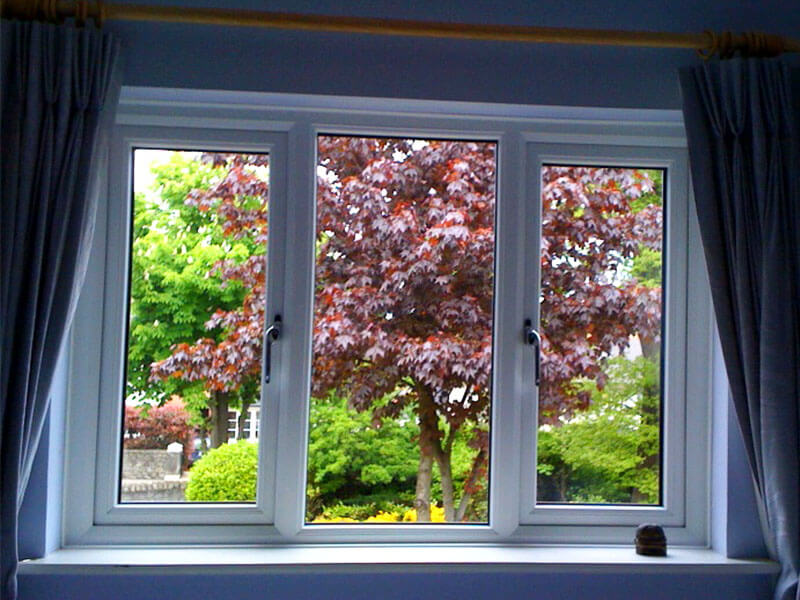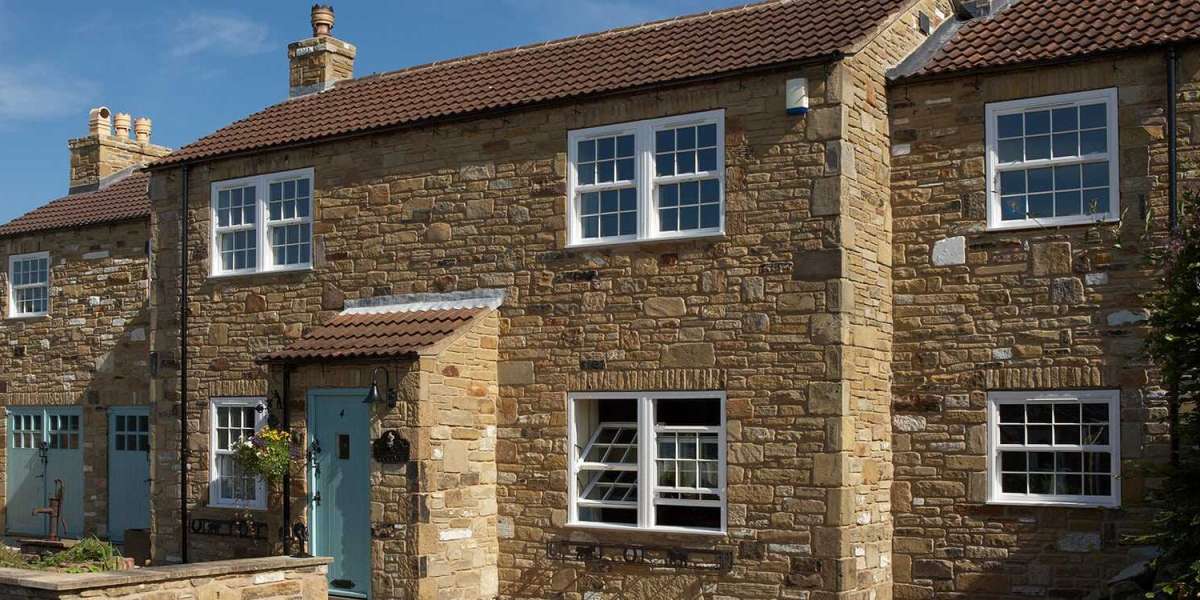In recent years, the demand for energy-efficient building materials has surged, driven by increasing awareness of climate change and the need for sustainable living. Among the most significant developments in this realm is the advancement of double glazed windows. Traditionally known for their ability to insulate homes and reduce energy costs, the latest innovations in double glazing technology have taken these benefits to new heights. This article explores the most recent advancements in double glazed windows, focusing on materials, design, and energy efficiency, and how these developments are shaping the future of residential and commercial buildings.
The Basics of Double Glazing
Double glazed windows consist of two panes of glass separated by a space filled with air or gas, creating an insulating barrier that minimizes heat transfer. This design effectively reduces heat loss in winter and keeps interiors cooler in summer. While double glazing has been around for decades, recent advancements have introduced new materials and technologies that enhance their performance dramatically.
1. Low-E Glass Coatings
One of the most significant advancements in double glazing is the introduction of Low-Emissivity (Low-E) glass coatings. These coatings are designed to reflect heat back into the room during winter while allowing sunlight to enter. The latest Low-E technologies utilize advanced nanotechnology to create ultra-thin layers that improve thermal insulation without compromising visibility. These coatings can be applied to one or both panes of glass, significantly enhancing the energy efficiency of double glazed windows.
2. Argon and Krypton Gas Fill
Traditionally, the space between the glass panes in double glazing was filled with air. However, recent advancements have introduced the use of inert gases like argon and krypton. These gases have a higher density than air, which reduces heat transfer and improves insulation. Argon-filled windows can reduce heat loss by up to 30% compared to standard air-filled units. Krypton, being even denser, offers even greater insulation, making it ideal for narrow spaces between panes. Manufacturers are now producing double glazed windows with customized gas fills, allowing for tailored solutions that meet specific energy efficiency requirements.
3. Triple Glazing
While double glazing is effective, the introduction of triple glazing has taken energy efficiency to a new level. Triple glazed windows consist of three panes of glass, providing an additional layer of insulation. This design is particularly beneficial in extreme climates where energy loss can be significant. Triple glazing can reduce heat loss by up to 40% compared to double glazing, making it an attractive option for energy-conscious consumers. Recent innovations in triple glazing technology have also made these windows lighter and more aesthetically pleasing, addressing previous concerns about weight and appearance.
4. Improved Frame Materials
The frame of a window plays a crucial role in its overall energy efficiency. Traditional materials like wood and aluminum have been enhanced with new technologies to improve their insulating properties. For instance, manufacturers are now using thermally broken aluminum frames, which incorporate a plastic section that reduces heat transfer. Additionally, composite frames made from a combination of materials offer superior insulation and durability. These advancements ensure that the frame does not negate the benefits of double glazing, resulting in a more energy-efficient product.
5. Smart Glass Technology
Perhaps the most exciting advancement in double glazing is the emergence of smart glass technology. This innovative solution allows homeowners to control the amount of light and heat entering their homes through the windows. Smart glass can change its opacity or tint in response to external conditions, providing optimal comfort and energy efficiency. For example, during hot summer days, the glass can darken to reduce heat gain, while in winter, it can become clear to allow maximum sunlight to warm the interior. This technology not only enhances energy efficiency but also contributes to the aesthetic appeal of modern homes.
6. Enhanced Sound Insulation
In addition to thermal performance, recent advancements in double glazed windows have also focused on sound insulation. Noise pollution is a growing concern in urban areas, and manufacturers have responded by developing acoustic double glazing. This type of double glazing features varying thicknesses of glass and specialized spacers that effectively reduce sound transmission. Acoustic double glazing can significantly enhance the comfort of living spaces, making them quieter and more enjoyable.
7. Sustainability and Recyclability
As the world shifts towards more sustainable practices, the double glazing industry is also adapting. Many manufacturers are now focusing on sustainability by using recyclable materials and eco-friendly production processes. For instance, some companies have developed double glazed windows using recycled glass and frames made from sustainable sources. This commitment to sustainability not only appeals to environmentally conscious consumers but also aligns with global efforts to reduce carbon footprints.
8. Customization and Aesthetics
Modern consumers are increasingly looking for products that not only perform well but also fit their aesthetic preferences. Recent advancements in double glazing have made it possible to customize windows in various shapes, sizes, and colors without compromising performance. Manufacturers are now offering a wide range of design options, allowing homeowners to choose windows that complement their architectural style while benefiting from the latest energy-efficient technologies.
Conclusion
The advancements in double glazed windows represent a significant leap forward in energy efficiency, comfort, and sustainability. With innovations such as Low-E coatings, gas fills, smart glass technology, and improved frame materials, today's double glazing solutions are more effective than ever at reducing energy consumption and enhancing the quality of living spaces. As the demand for energy-efficient building materials continues to grow, these advancements will play a crucial role in shaping the future of residential and commercial buildings, making them more sustainable and comfortable for generations to come. Investing in modern double glazed windows is not only a smart financial decision but also a step towards a more sustainable future.









